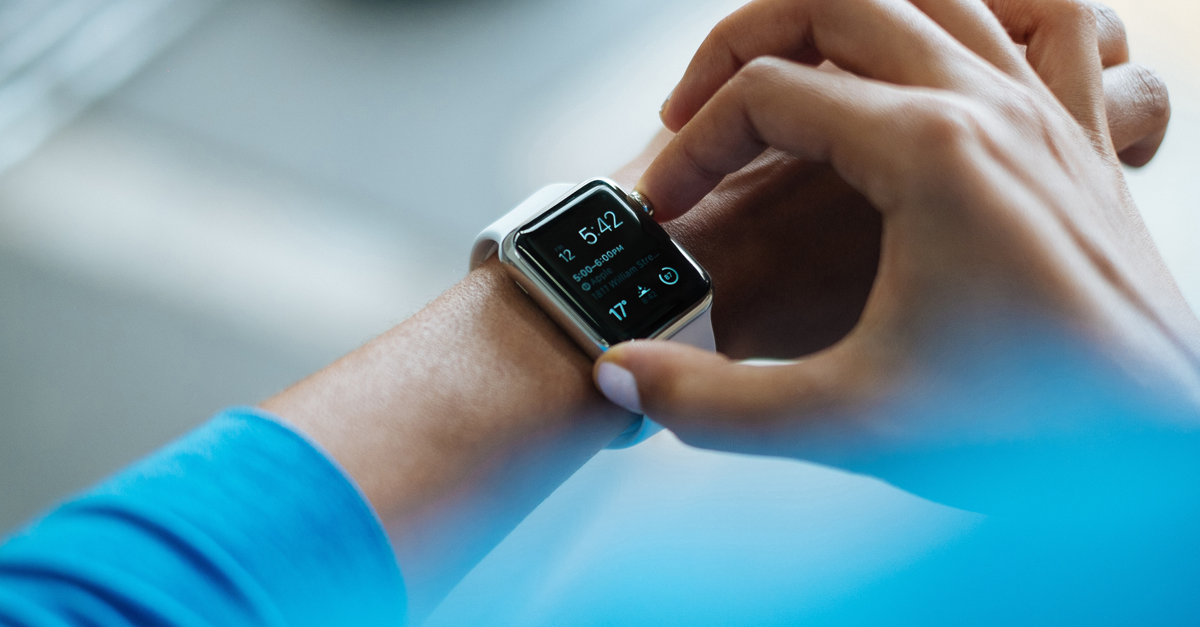The Arrival of the Quantified Self
Is it the Next Thing?
FUTURE PROOF – BLOG BY FUTURES PLATFORM
What's the "quantified self?" Also known as "lifelogging," the quantified self is a movement proposing the acquisition of data from every aspect of your daily life. This could include the type of food you eat, the calories you burn, the air you breathe, the number of hours you sleep, other. But why would you want to do it?
IS THE QUANTIFIED SELF THE NEXT THING?
The Quantified Self is a movement started in 2007 by Gary Wolf and Kevin Kelly, editors of Wired magazine. The two also started a company, aptly named the Quantified Self, whose mission is “to support new discoveries about ourselves and our communities that are grounded in accurate observation and enlivened by a spirit of friendship.”How can you quantify the self? Why would you want to? Is it the way of the future?
HOW CAN YOU QUANTIFY THE SELF?
There are several tools out there that already allow you to quantify different aspects of your life. For instance, your typical smartwatch will allow you to calculate calories you burned throughout the day, your heart rate, or the steps you’ve taken. Your smartphone, too, can record these and your location.
But the quantified self also includes data you log in yourself. Such as calories you ingested and the type of food you ate. Or the type of activities you do. Or how many hours of focused work you did and how many times you were distracted.
And, perhaps sooner than expected, other technologies could come into the picture. Smart glasses, for instance, could allow you to record all you see, hear, or communicate. Food scanners could tell you exactly what’s in your food. Genetic tests could tell you conditions you are prone to develop or things you should look out for.
IoT, too, could further increase the number of things we measure, with the help of sensors and connectivity. And as more and more things become “smart,” the amount of data we collect is likely to increase.
So the quantified self makes use of many different technologies to record data from different aspects of your life.
But why would you want to do this?
WHY WOULD YOU WANT TO QUANTIFY YOUR LIFE?
One of the primary applications of the quantified self is in health improvement.
For instance, if a test of your DNA tells you that you are sensitive to caffeine, you may want to cut down on it. If it told you that you are likely to develop a genetic disease like Alzheimer’s, you may want to take preventive measures that at least delay its onset. The opportunity to collect this data allows you to behave in a way that minimizes health risks.
Measuring physical activity, calorie intake, and other similar data can also bring health benefits. It helps with weight management, fitness, and other important contributors to general health.
Even the use of microrobots in healthcare could help with the collection of data and diagnosing of diseases. But it’s not only to health that it brings benefits.
It could also improve your productivity in various activities. Understanding how many hours or minutes you spend on certain activities, your behaviour at work, or levels of focus, could all result in increased output, as long as you take appropriate steps to improve it.
IS IT THE WAY OF THE FUTURE?
With an increasing interest, and capability, to collect data about our selves, it might be.
The movement started with a simple meetup of 30 people. Today, on the website Meetup alone it counts with over 80,000.
In the US, 1 out of 3 people uses some “quantified self” tool to track their health, fitness, mood, and other aspects of their lives. And a survey in 2015 reported that almost 60% of people who own a smartphone had downloaded a health or fitness app at some point.
The growth in wearable devices, too, is a good indicator of our increasing capabilities to do so. According to IDC, the market for wearables is expected to grow at almost 20% per year through 2021. In 2016, 104.3 million wearable devices were shipped. In 2021, the number of devices shipped is expected to reach 240.1 million.
So for better or worse, the movement seems to have momentum behind it and is riding an upward trend. But only time will tell whether it will become the norm.
If you are interested in this topic, and many other future changes, apply for our Futures Platform Free Demo and access a database of thousands of future phenomena curated by leading futurists.




